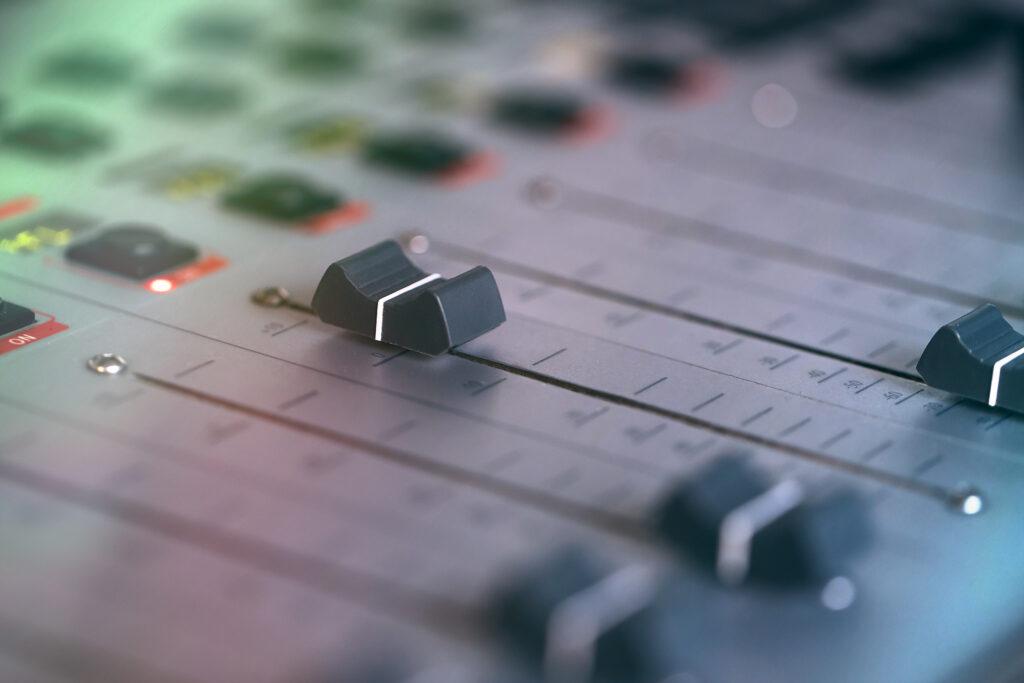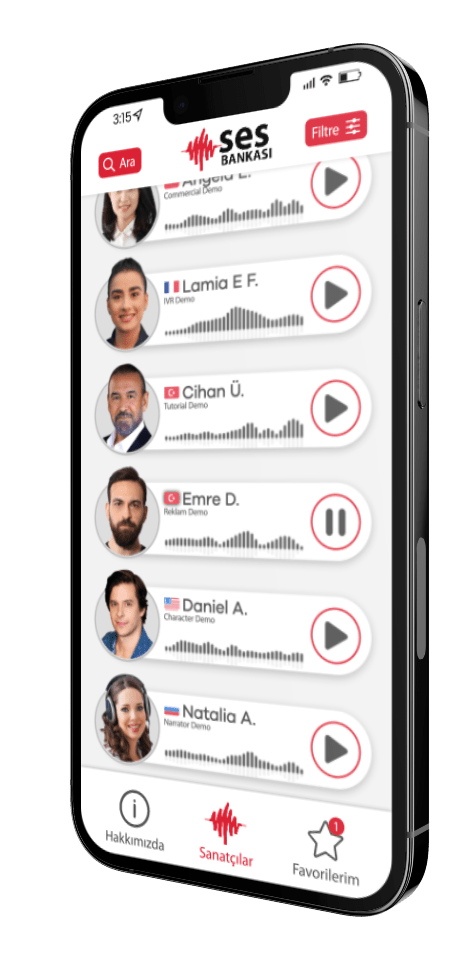How to Mix and Mastering? 4 Mix & Mastering Guide with Related Term Explanation
Mixing and Mastering, also known as Mixing and Mastering, are the two essential components of professional production. For example, when you want to make a great piece with your own instruments such as piano or drums in your home studio, or in any professional work related to music, Mixing and Mastering are among the topics you must know. This article gives you all the information about mixing and mastering you need to produce your own piece!
What is Mixing and Mastering?
First of all, let's start by explaining what exactly you mean by mixing and mastering and answering our first question:
- What is mix: Our first term, mixing; It means the process of bringing together multiple layers of sound to form a final piece, or musically editing an existing piece.
- What is mastering: Our second term, Mastering, refers to the process of optimizing the final track using a wide variety of different mastering elements such as compression, equalization, stereo amplification, and more.
In this article, we'll spend a little more time mastering and explain the various mastering processes such as compression and EQ. Now, let's take as an example a friend who is into music, he is recording a piece in his home studio. Digital condenser for guitar, piano and drums; It records using the USB microphone on different tracks in the sequencer software Cubase.
When I simply stack the pieces and play the song, the sound will be flat and definitely not dynamic. Here, mixing is what needs to be done to break this flatness and monotony! For example, it can change the volume of the sound track at a certain point to make the guitar stand out much more clearly at a given moment. This means mixing the track, layering the sound, and determining the volume. At the same time, unwanted noise and clicks are eliminated during the mixing stage.
Now, the song will sound much better, but there is still a lot of work to be done. Now it's time for mastering. With the mastering of the piece, indeed, a piece can be brought to life and tone color joins. You can make the drums much more dynamic, the guitar sound more or less sharp, and the piano much softer, and if there is no bass you may want to raise the bass frequencies of the piano a little higher.

For Mixing and Mastering What is Compression? Why is it Important? (Compression and Compression Techniques)
Most of you probably already know what compression is. However, we will talk about how to use it correctly in this section. Voice Agency Compression of the dynamic range of sound is a common thing and is used quite a lot in every modern piece of music. Compression ensures that the sound is not interrupted: it ensures that the sound does not exceed the decibel limits, thus ensuring that the sound, in its simplest form, is not too loud.
Now, let's explain how it works: If the recorded sound is too loud and exceeds the decibel limits, the compressor picks up the extremes of the sound and compresses it so that it doesn't stay within the limits. Therefore, it ensures that it is not too high. But, on the other hand, it also picks up the softest parts of a piece and amplifies the frequencies. As a result, you have a part in the average waveform and the soft parts are amplified. Thus, loud parts are reduced both in frequency and volume.
The problem with compression is that a lot of people these days don't really know how to work with it. If someone simply places the compressor on the part, everything will stay within the volume decibel limits. However, it will indeed thicken the sound and destroy the spirit and dynamics of the music.
For example, if someone is playing a really emotional part on the guitar and then has a louder part at the end, the compressor will make the first part louder so that everything is at the common average decibel level. This will take away the feeling inside the sound and therefore the compression needs to be reduced. In modern music, many albums are quite loud and not dynamic: It's called the Noise War. These days, it seems like more and more people are trying to put as many decibels in dynamic range as they can. This often results in the appearance of insensitive, non-dynamic parts.
There are many different types of compressors, both physical and virtual compressors. Virtual compressors are getting more and more popular these days because they are much more flexible. Moreover, they do not need the physical space inside a studio. It is also much more dynamic to work with them as they are much faster.
Different compressors have different characteristics of musical sounds and different timbres. Examples of the most famous compressors are the VC 76 FET compressor, which produces a powerful sound, and the VC 2A Electro optical compressor, which produces a very soft and warm sound. Compressor selection is personal and fortunately there are many compressors available today that serve different purposes..
Now that you know a little about the compressor, let's take a look at some compression techniques. In fact, there is a session right here on Audiotuts+ about compression techniques. This incredibly useful session presents a number of different techniques on how to efficiently add compression to your piece. Also, about to gain much more experience with compression. (e-)books and make sure you find as many resources as possible, such as other websites.
For Mixing and Mastering Compression Techniques: Equalization
Equalization is to amplify the specific frequencies of a sound. Two examples of EQ interfaces in Cubase are:
You can amplify a custom frequency using a slider in the first image. In the second image you get a virtual representation of all frequencies. Now, EQ is much easier to understand. For example, when you record a track with a bass drum, you don't want a very thin sound and you want it to have relatively more base frequencies. With EQ you can amplify the bass frequencies, mostly between 100 and 300 Hz for the bass drum, so you can get the sound you want. EQ lets you get the perfect sound for an instrument, and often all instruments are equalized during recording.
For Mixing and Mastering Compression Techniques: Additional Effects
Apart from the two most important aspects of compression and equalization, there are many more effects that will add color to your piece and make the most of the sound. Here are some effects to get you started.
For Mixing and Mastering Compression Techniques: Stereo Boost
Stereo amplification is pretty straightforward. Normally, music or sound is played through two or more speakers. Most computer speakers and all headphones have speakers and they are stereo. The stereo amplifier simply distributes the sound to the two speakers so that no more sound comes from one side. This gives the piece a natural effect, like humans have two ears.
There are also stereo amplifiers that allow amplification for 5.1 surround sound. You can play with different settings such as width, delay and color.
For Mixing and Mastering Compression Techniques: Reverb (Depth)
Echo is simply echo. When you apply an echo to an audio track, an echo occurs. This results in a much more realistic sound. Especially test models made with virtual instruments make extensive use of reverb, because a virtual instrument often sounds rather dry.
However, echoes can also be applied to live recorded tracks. This will add a warmer and more natural feel to the piece, but still, as with the other topics we talk about in this article, you really need to know how to work with echo and make sure you don't apply too much. On the other hand, different instruments need different echo times.
For Mixing and Mastering Compression Techniques: Additional Additional Effects
There is now a case of "too much" for all add-on effects right now. Here are the main ones as additional effects: noise cancellers, amplifiers (usually for guitars), tuners, and others. Just go through the software's list of effects and you'll see there are plenty of effects to spice up your track.
Finally, I want to talk about the essence of mixing and mastering. Composition is a specialized subject of producing music, as are instrumentation and notation. Just like composing and notating music, mixing and mastering requires extensive knowledge and experience.
Although a bit of it sounds pretty right from the start after placing the elements, many people make the mistake of not making any improvements from now on. In fact, there are quite a few improvements you can make with effects such as compression, EQ, reverb, and add-on effects. Just make sure you don't reproduce the track until you get the final sound you want.
Thank you for reading this article and we really hope we inspired you to get creative with mixing and mastering.



















